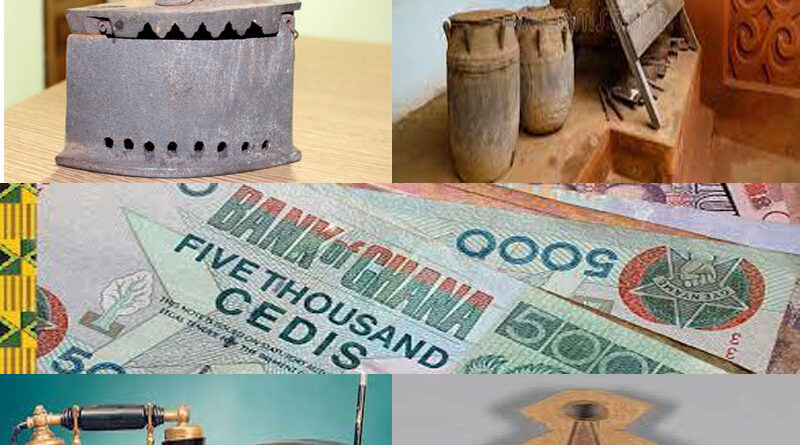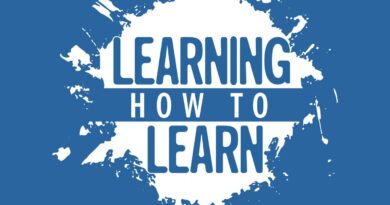A Simple Way to Tell the History of a Community.
The set-up of the Basic School Curriculum especially when it comes to history lessons mostly assumes a national and popular posture neglecting the history of the local community. Even when a town, which is not part of the popular national history makes its way to the textbooks, it will not be more than a sentence. This deprives students of the opportunity to learn more about the history of their local communities. Knowing the history of one`s community strengthens the connection and bond that exist among members and makes them appreciate what has been done before them as motivation to also strive to be responsible and competent community members.
Another way of presenting history in the Basic School is mostly limiting it to the history of ethnic groups, festivals and political history in a broader outlook. How about the occupational history in the community? How has education evolved over time in the town? What technology and tools were used in the community? How are these taught to the students in the community? In some cases, people try to preserve this history via oral narration handed down from the elders and sometimes documented and preserved at the chief`s palace or becomes someone`s special project to write about.
Let us look at a possible way to preserve and tell the history of a community taking into consideration all spheres of life as the school cannot take all the responsibilities for that. How about setting up a place in the community to collect old artefacts from old school materials, tools used by farmers and other professionals, old kitchen wares, clothing, furniture, etc. All these items well labelled with dates and descriptions of how they were used. People should be invited to bring in artefacts handed over to them from their parents or things they found in their grandparents or great-grandparents` bags. Pictures of popular places over the years can be shared to tell the changes that have occurred with time. Videos of how festivals and ceremonies were conducted can be shown there. Have newspaper editions that covered a story about the town or a personality from the locality. The chiefs and town councils can also make contributions there. Sometimes these items face the danger of being thrown away though they have historical value.
This place for the `historic collectibles` can serve as a local or community museum. Museums should not necessarily and always be of a national or regional character. This community museum will bring history to life for the local people. To some extent, it can generate employment for the person who will be hired to be in charge of the place.
Students can take field trips to these centres to learn about the local history in terms of items used in the past. If well kept, managed and marketed well, it will even serve as tourist centres and recreational centres to attract visitors to the town.
Nicholas Okota-Wilson
Okotakwame7@gmail.com



